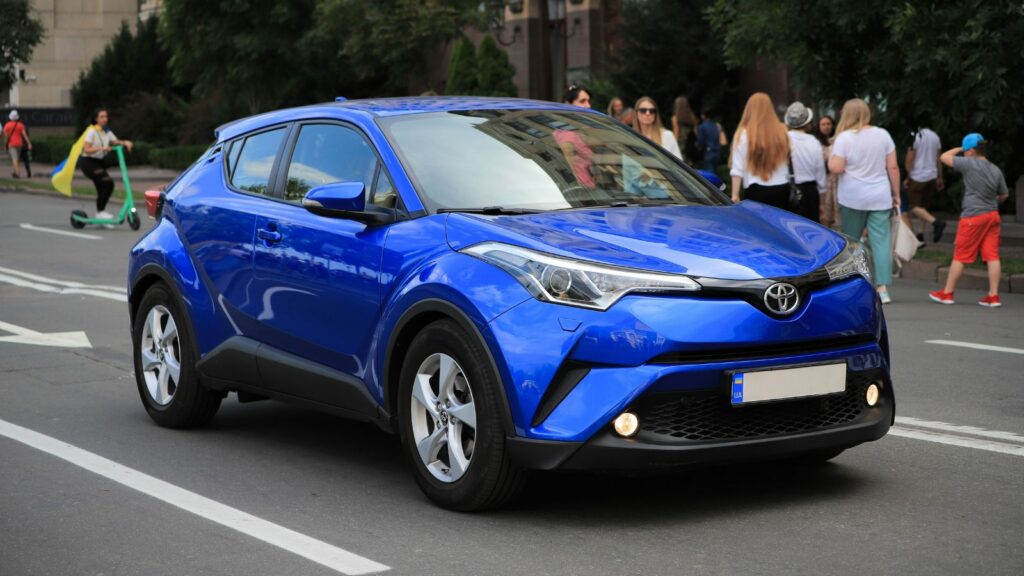Whether it is tightening emissions rules, faltering sales, or rising tariffs, certain vehicles are quietly disappearing from Canadian roads. Some are longtime staples, and others are niche favorites, but all their days are likely numbered. As automakers shift priorities toward electrification, SUVs, and global platforms, often at the expense of models Canadians once counted on, budget-conscious drivers, rural commuters, and driving purists are feeling the loss of access to their favorite cars. Here are 21 cars that could soon be gone from Canadian roads:
Chevrolet Malibu
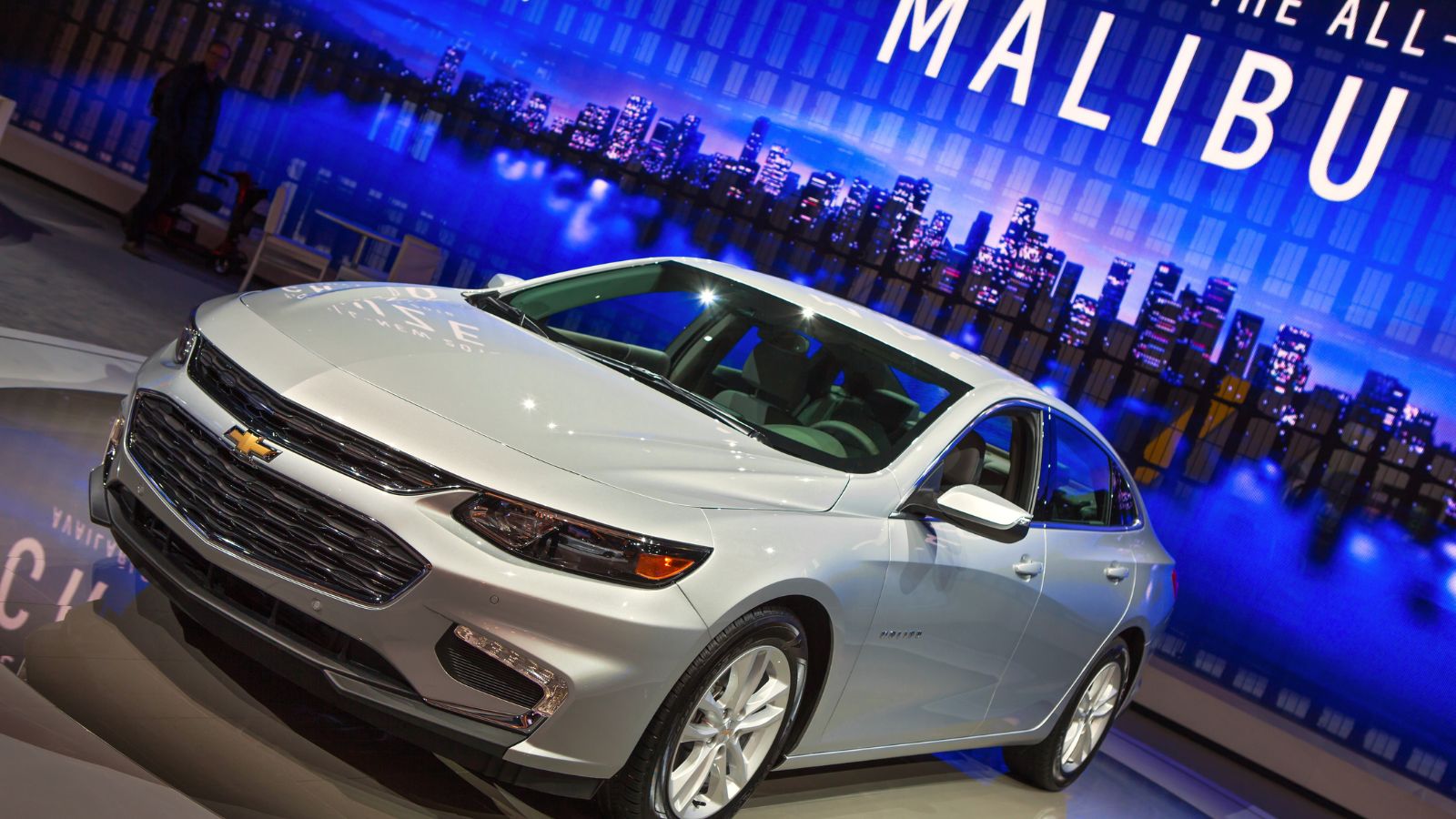
Once a go-to midsize sedan for Canadian families, the Chevrolet Malibu is on the verge of extinction. GM has confirmed plans to end production in 2025, and Canadian dealers are already phasing out inventory. Once prized for its comfort and value, the Malibu has struggled against a tidal wave of SUVs and crossovers. As fleet sales dwindle and tariffs increase pressure on U.S.-built sedans, it’s becoming a rare sight even in major cities, marking the end of an era for affordable American sedans in Canada.
Toyota C-HR
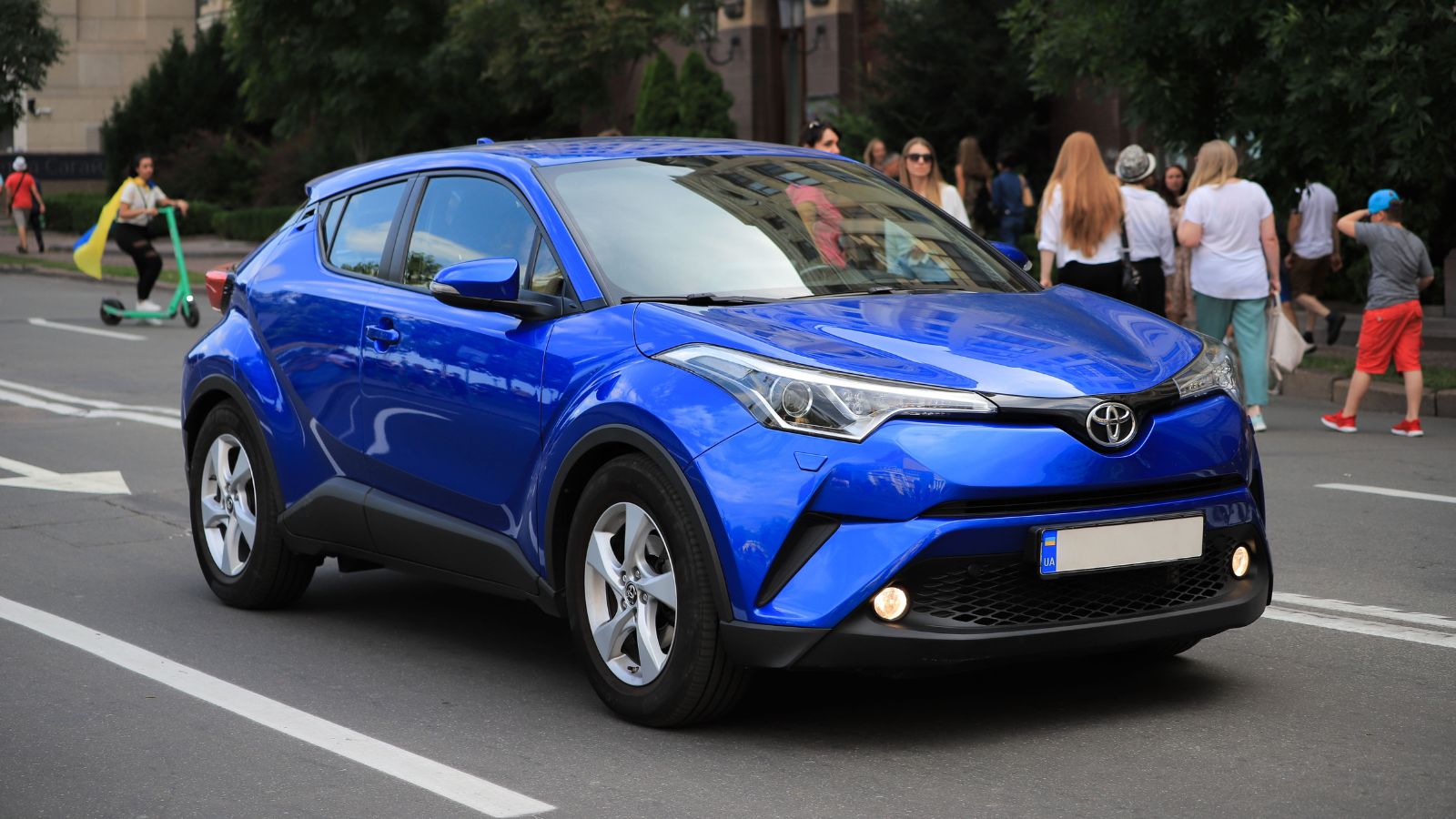
Toyota quietly discontinued the C-HR in North America after 2022, citing a shift in focus toward its larger, more versatile Corolla Cross. Canadians who appreciated the C-HR’s quirky design and nimble handling are watching it fade from the roads. With no 2023 models available and parts already in short supply, its resale value is holding for now, but not for long. For urban drivers who loved the C-HR’s compact footprint and bold styling, the window to find one in decent shape is rapidly closing.
Nissan Maxima
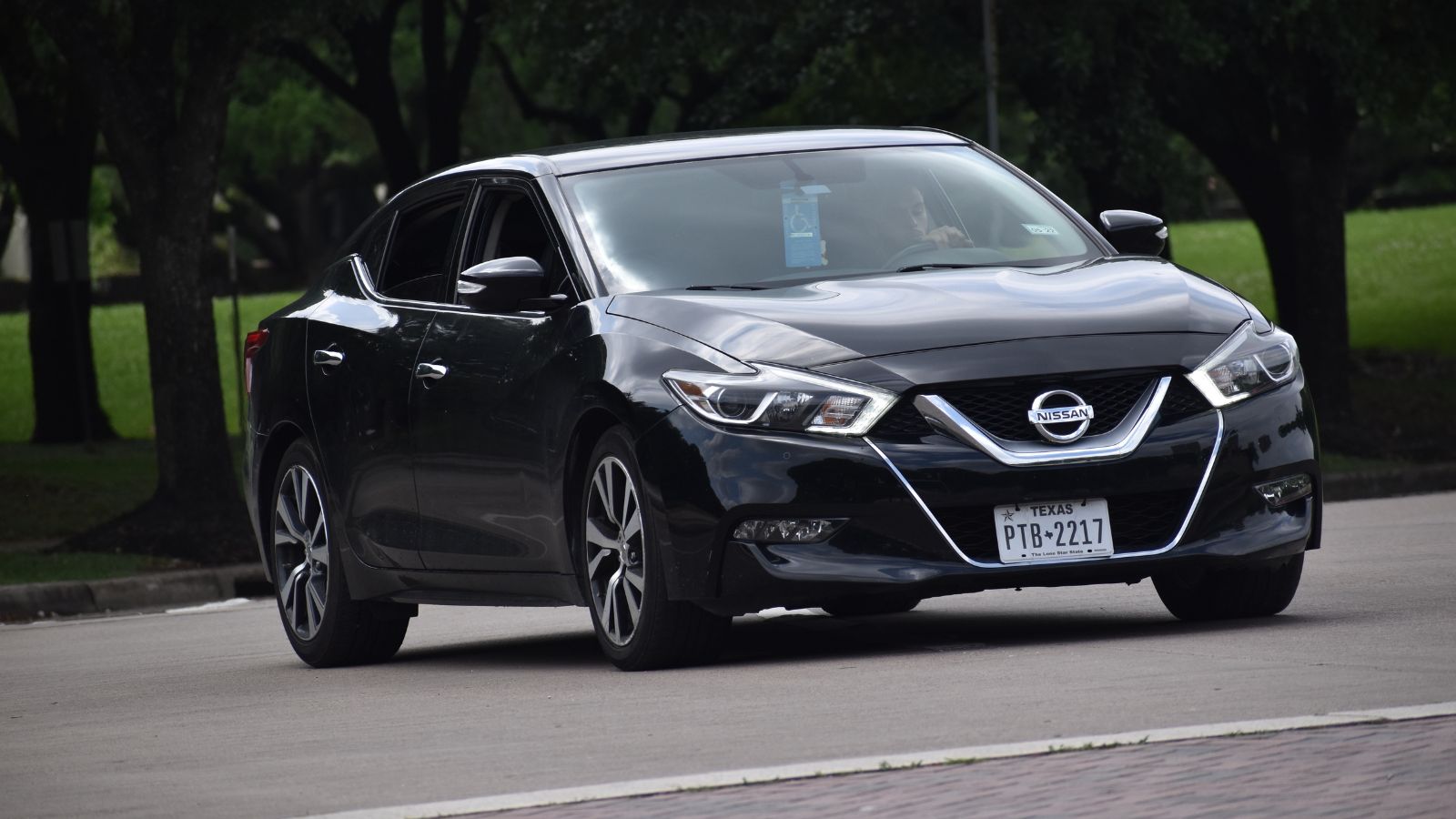
The Nissan Maxima, once a favorite among Canadian sedan enthusiasts for its V6 punch and upscale interior, is set to bow out in 2025. Nissan is betting big on EVs and SUVs, leaving the Maxima behind. Once pitched as a four-door sports car, it is being edged out by its Altima sibling and Nissan’s expanding crossover lineup. As large sedans fall out of favor across North America, Maxima’s departure underscores the end of the road for sporty, full-size gas-powered sedans in Canada.
Kia Stinger
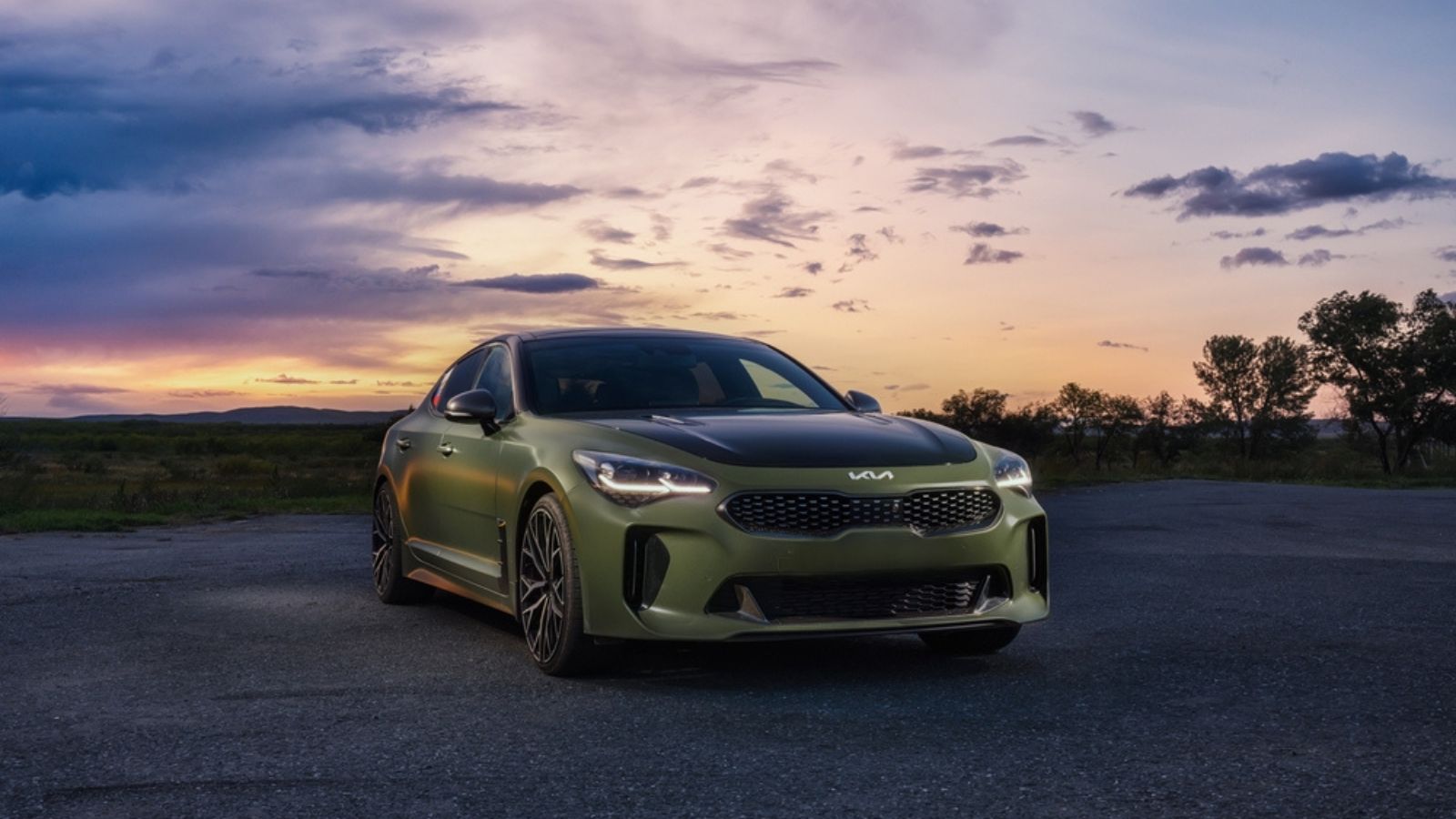
Loved by driving purists and underappreciated in showrooms, the Kia Stinger is being discontinued after the 2023 model year. Canadians who saw it as an affordable alternative to German performance sedans are scrambling to find the remaining stock. With its rear-wheel drive platform and turbocharged engine options, the Stinger carved out a cult following, but not enough to survive Kia’s pivot to EVs. As the brand focuses on models like the EV6 and Telluride, the Stinger’s days on Canadian roads are numbered.
Dodge Charger (Gas Models)
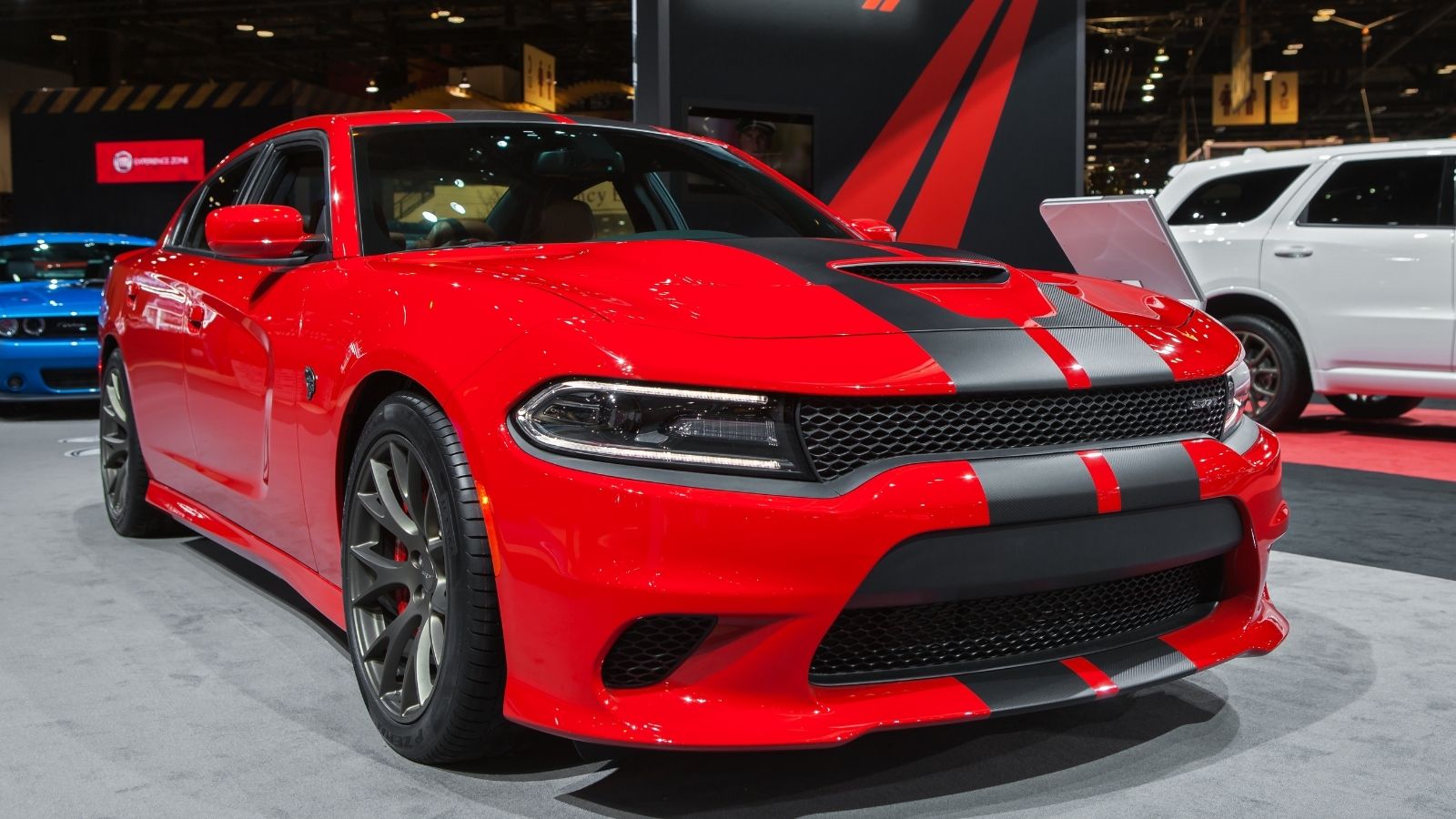
With Stellantis transitioning to electric vehicles, the gas-powered Dodge Charger is nearing the end of its production line. Production of the V6 and V8 variants is set to cease by the end of 2024, and Canadian inventories are already being depleted. Long a favorite in both police fleets and performance circles, the Charger’s thundering HEMI engines are being replaced by electric alternatives, causing a significant loss for muscle car fans in Canada.
Hyundai Veloster N
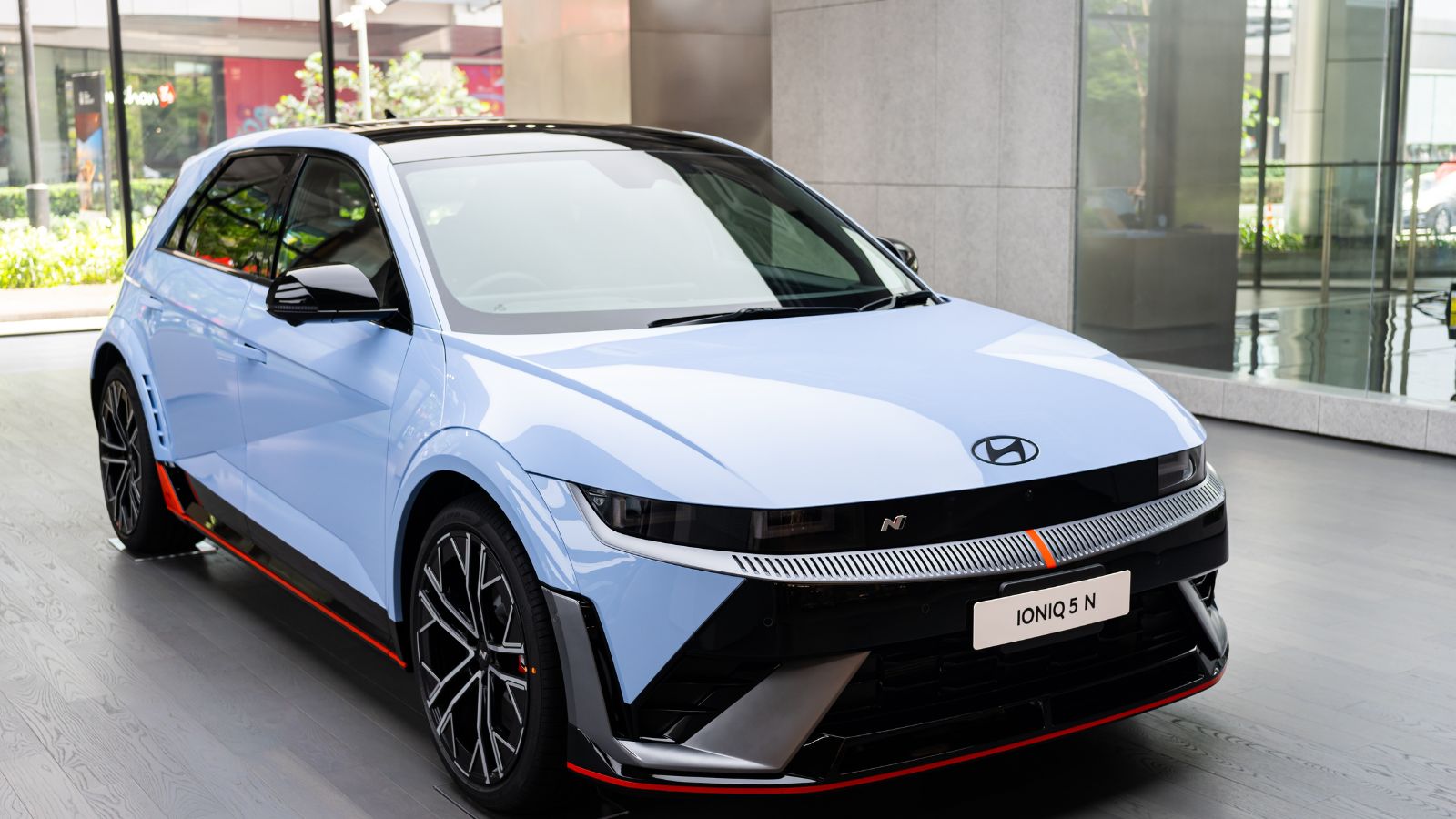
The quirky and quick Hyundai Veloster N was a cult hit among Canadian driving enthusiasts, but low sales sealed its fate. It was discontinued in 2022, and the remaining stock vanished quickly. Its asymmetrical three-door design and feisty turbo engine made it a standout in a sea of crossovers. At the same time, Hyundai shifted its performance ambitions toward the Elantra N and Kona N, leaving Veloster fans in the dust, making spotting one on the road now rare and likely increasing in value.
Mitsubishi Mirage
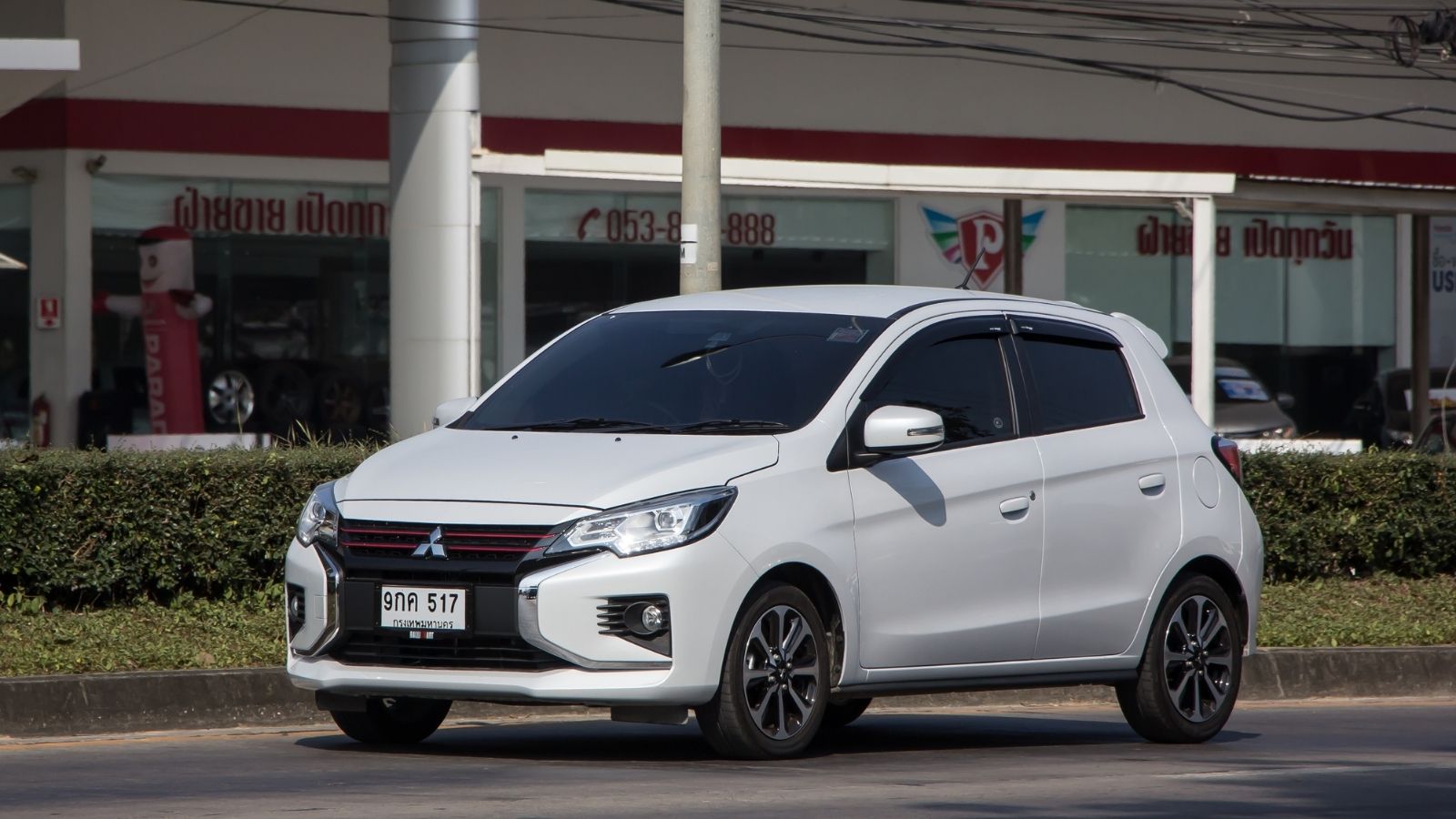
Once Canada’s most affordable new car, the Mitsubishi Mirage is facing its final lap, as rumors of its discontinuation are growing louder, especially as Mitsubishi shifts focus to crossovers and electrified models. The Mirage’s appeal lay in its rock-bottom pricing and fuel economy, making it a favorite among students, first-time buyers, and city dwellers. However, with rising safety standards, tightening emissions regulations, and parts increasingly sourced from overseas, the economics no longer make sense for Mitsubishi or consumers, who are dealing with rising insurance and maintenance costs.
Volkswagen Passat
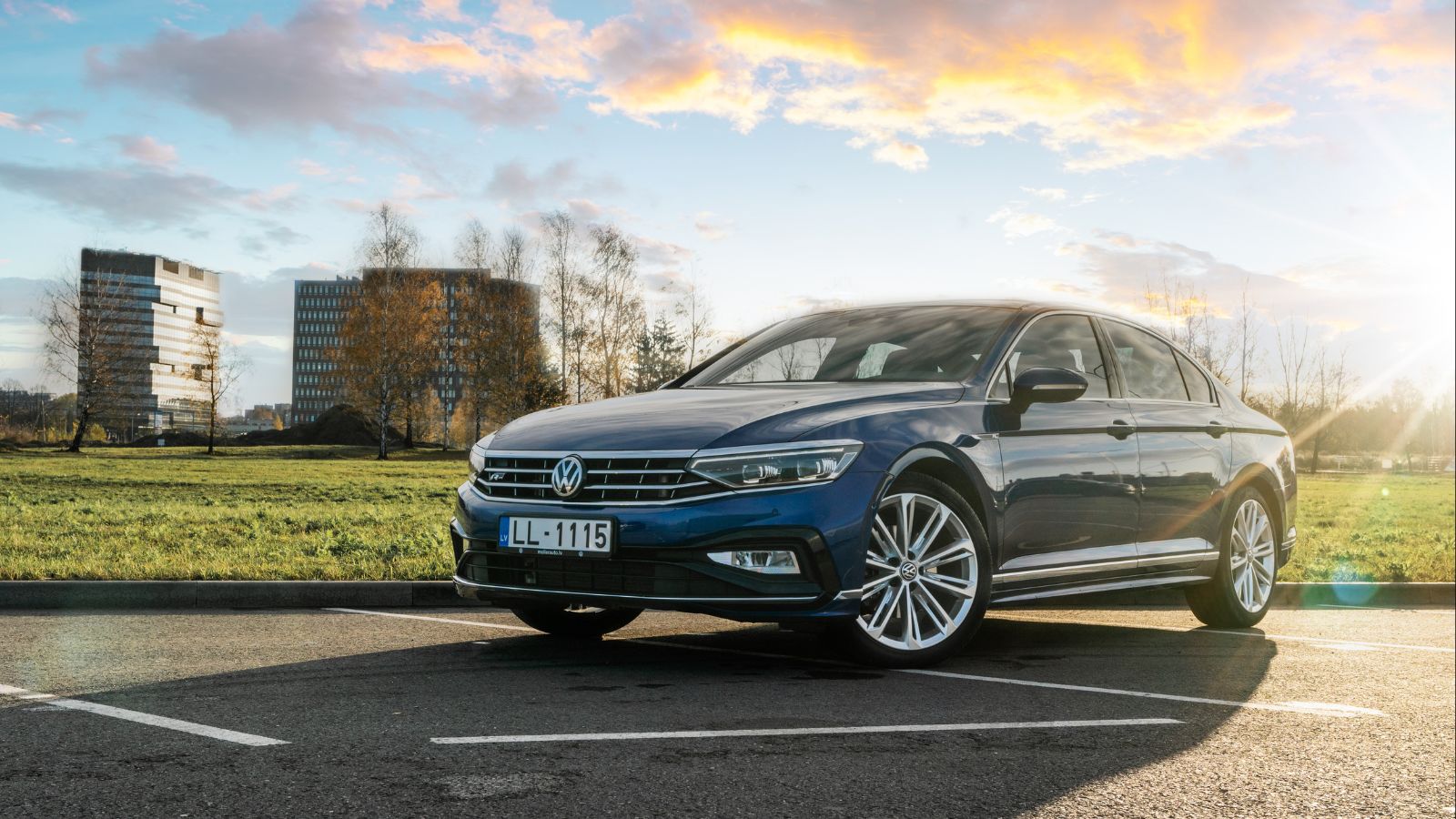
The Volkswagen Passat has officially exited the North American market, and Canadian availability has ended with little fanfare. Once a midsize favorite offering European refinement at a reasonable price, the Passat struggled to maintain relevance amid the SUV boom and the brand’s aggressive pivot toward electric vehicles. Sales dwindled, and consumer attention shifted to models like the ID.4 and Taos. Although Passat owners still enjoy its spacious interior and smooth ride, finding new parts and factory service will become increasingly complex.
Ford EcoSport
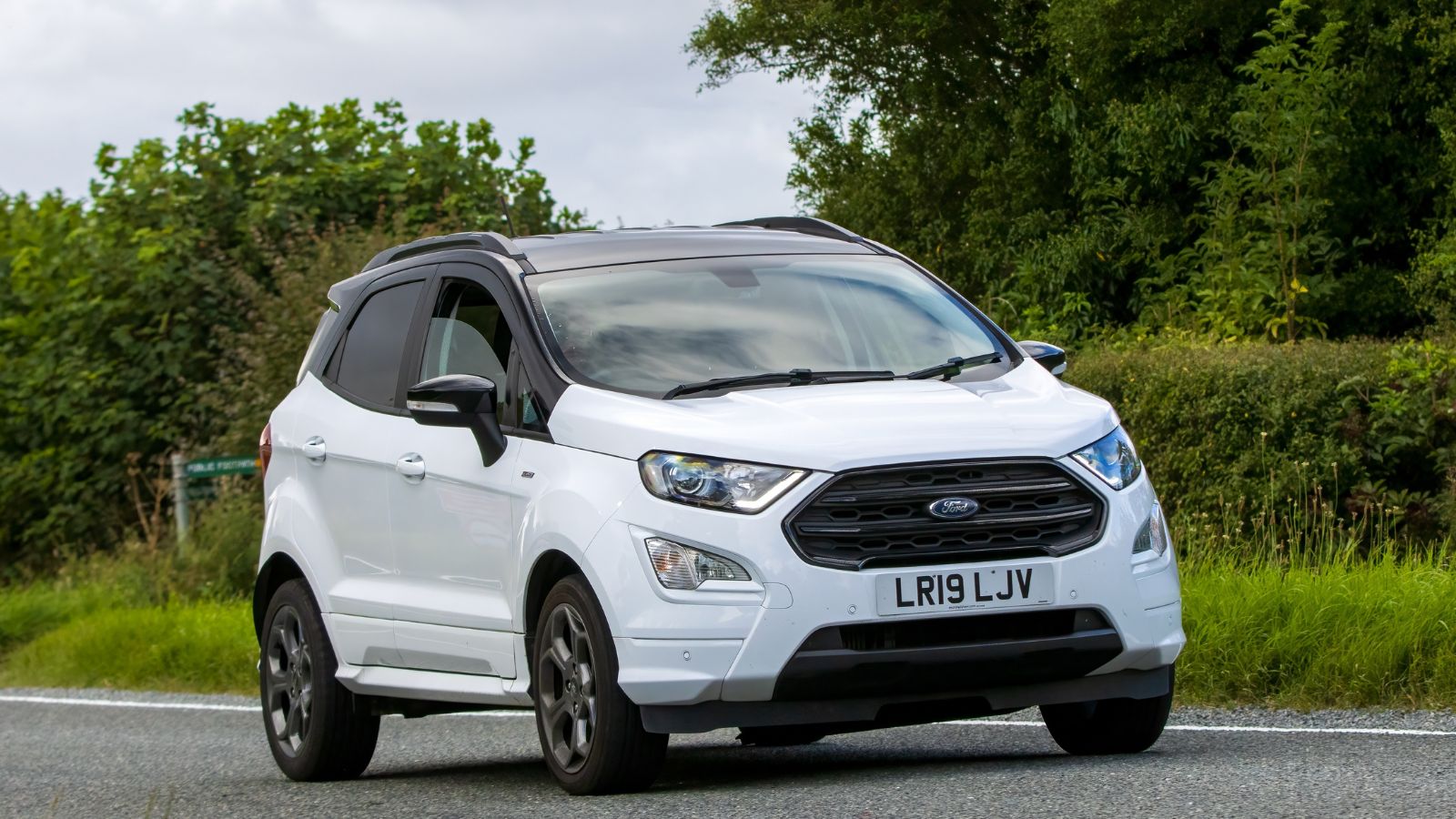
Ford’s smallest SUV, the EcoSport, is now a ghost in Canadian showrooms. Originally imported from India, the model was intended as an affordable entry into the crossover craze, but never quite lived up to expectations. Its choppy ride, underpowered engine, and cramped cabin made it a tough sell in a highly competitive segment, and now that Ford has discontinued it entirely, the EcoSport is vanishing quickly from Canadian roads. Still, its low cost and availability of AWD made it popular in rural and northern regions.
Buick Encore
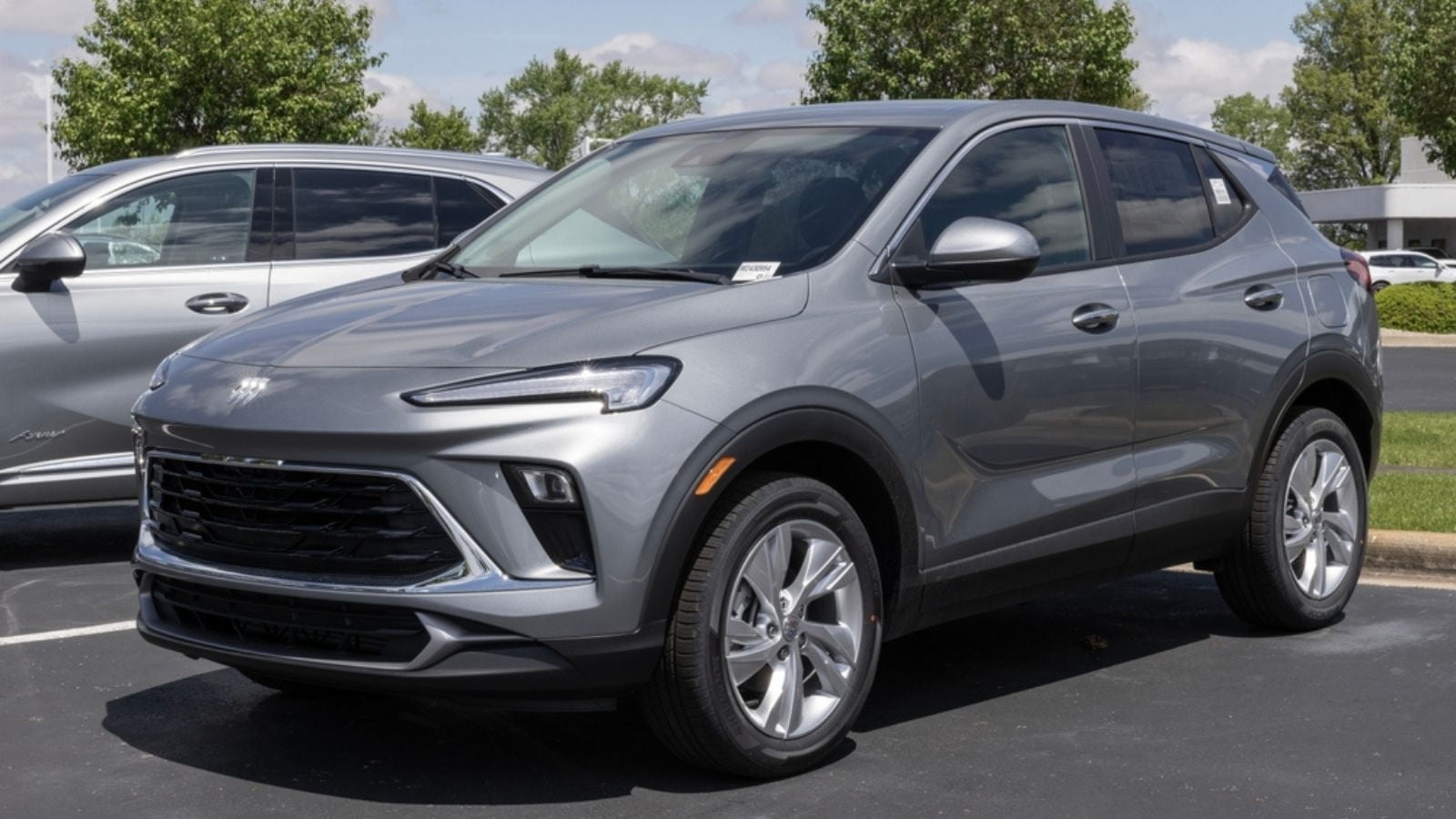
The original Buick Encore has officially bowed out, replaced in Canada by the more modern Encore GX. Once seen as a comfortable, upscale compact SUV for retirees and urban drivers, the Encore began showing its age. Built on a dated platform and imported from Korea, it became less viable with tariff pressures and shifting consumer expectations. GM quietly discontinued it after 2022, and Canadians who appreciated its size and surprisingly nimble handling now face limited options in the luxury subcompact space.
Chrysler 300
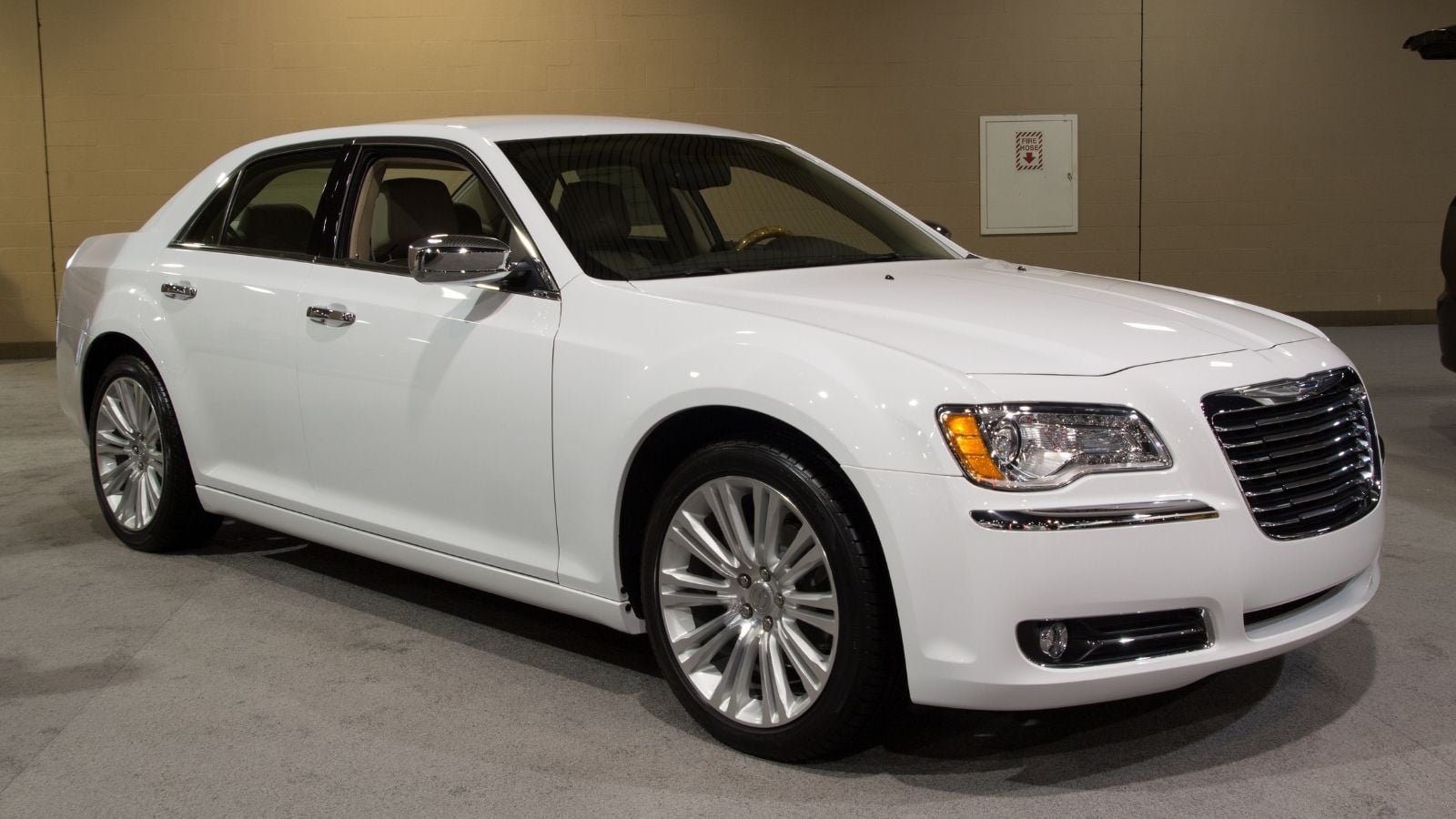
The Chrysler 300’s iconic silhouette is nearing the end of its Canadian journey. With production slated to end, Stellantis is wrapping up the last of North America’s classic full-size sedans. Known for its bold grille, rear-wheel drive, and available V8 power, the 300 has long held appeal in Canada’s prairie provinces and among muscle car fans who also wanted comfort. However, the market is evolving, and Chrysler is shifting its focus to EVs and family haulers, such as the Pacifica. As parts prices climb and EV incentives dominate headlines, this once-dominant sedan will become increasingly rare on Canadian roads.
Toyota Avalon
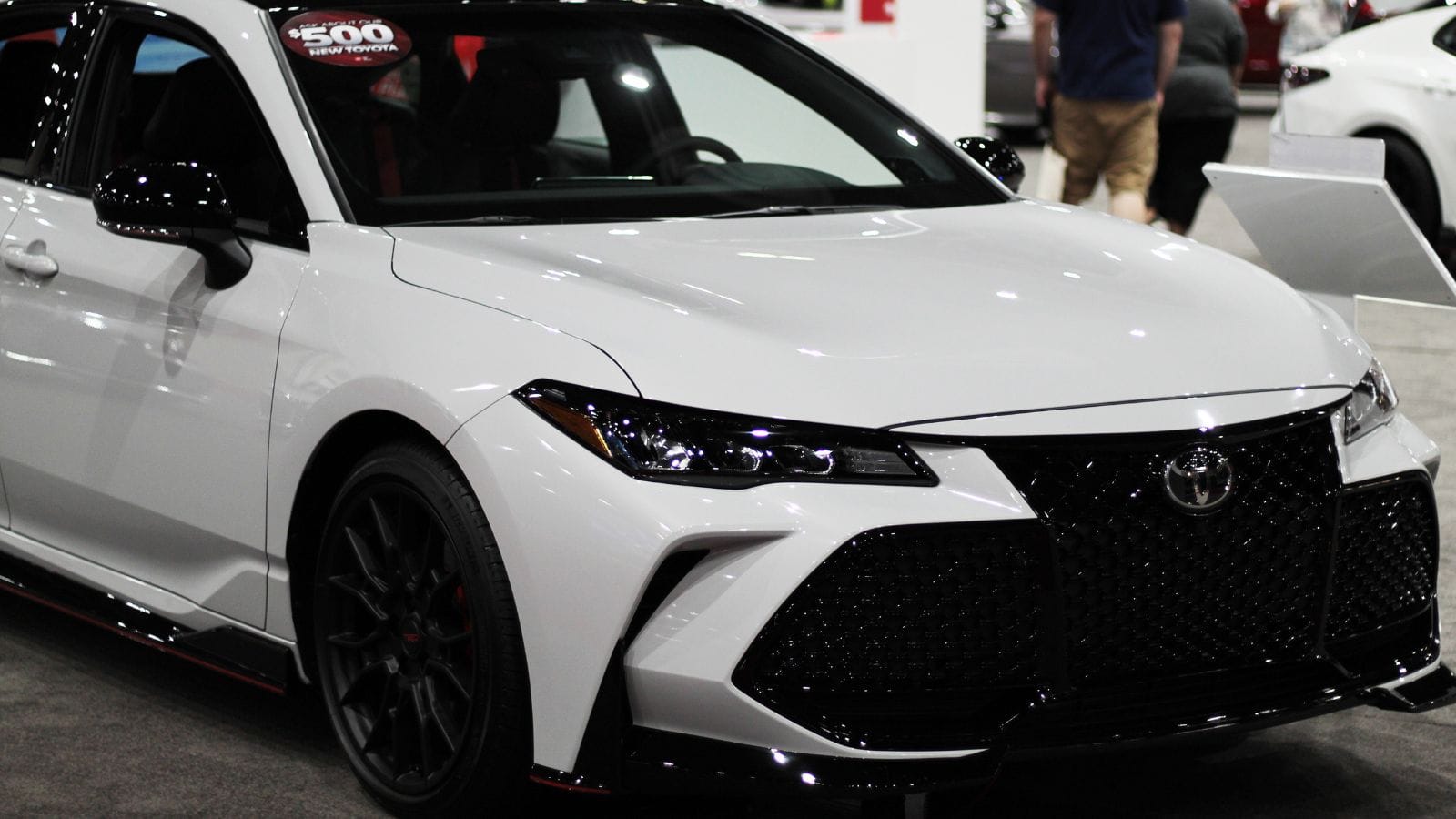
Toyota officially ended sales of the Avalon in Canada after the 2022 model year, marking the quiet exit of a car once considered a hidden luxury gem. Often described as a Lexus in disguise, the Avalon offered smooth V6 power and a plush ride without the premium badge. But demand for full-size sedans has collapsed, and Toyota’s focus is now firmly on hybrids and crossovers, and the Camry Hybrid has taken over its market niche.
Chevrolet Spark
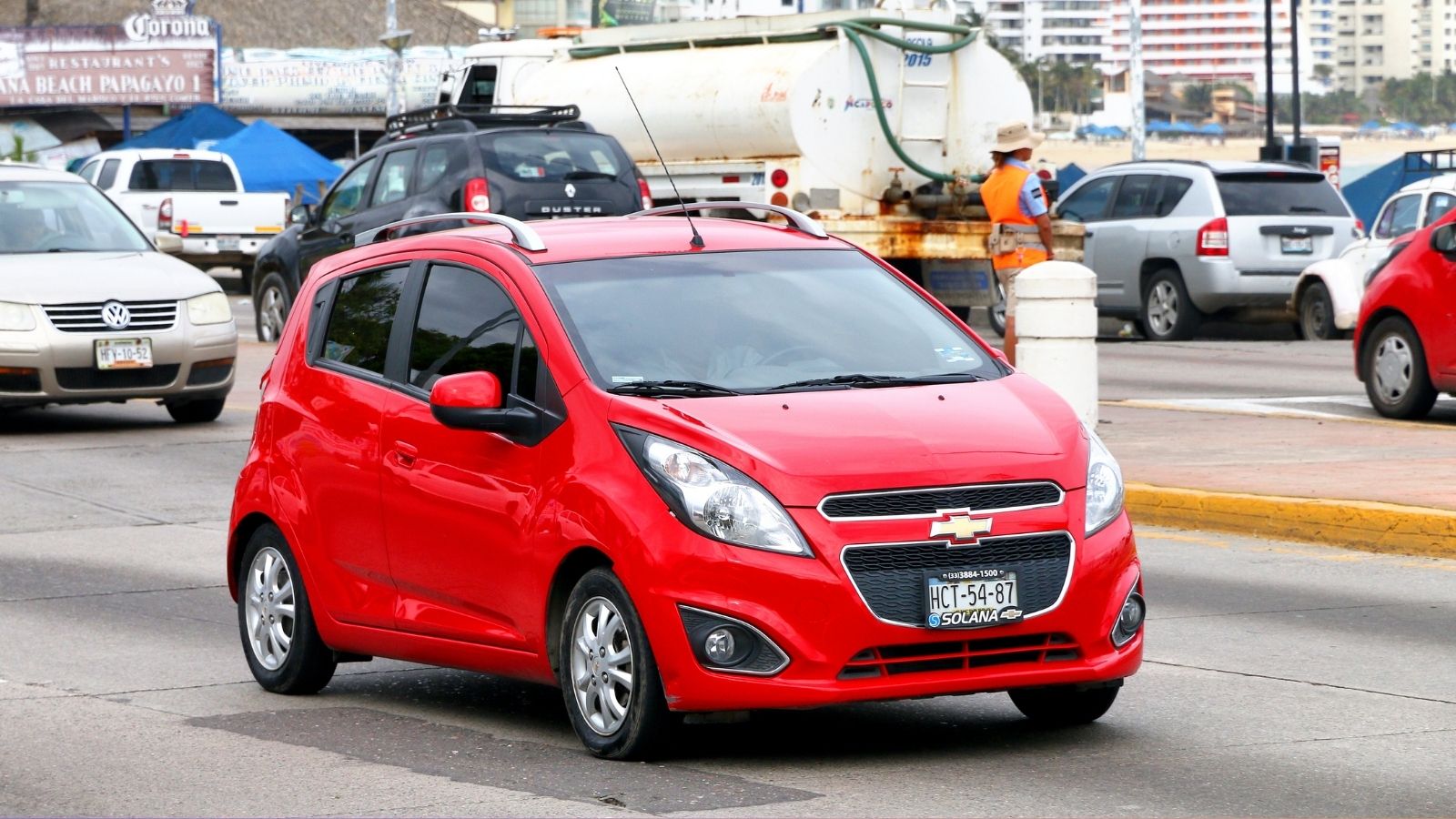
The Chevrolet Spark has been discontinued in North America, marking the end of an era for ultra-affordable cars. Its small size and budget-friendly price made it a favorite for urban dwellers, delivery drivers, and new Canadians. But as safety standards evolve and tariffs make low-margin imports unprofitable, GM decided to pull the plug. With EVs taking over the entry-level segment and SUVs continuing their dominance, the Spark is quickly disappearing from dealership lots. While parts will remain available for a while, many owners are already reporting longer wait times and higher costs for basic maintenance.
Hyundai Accent
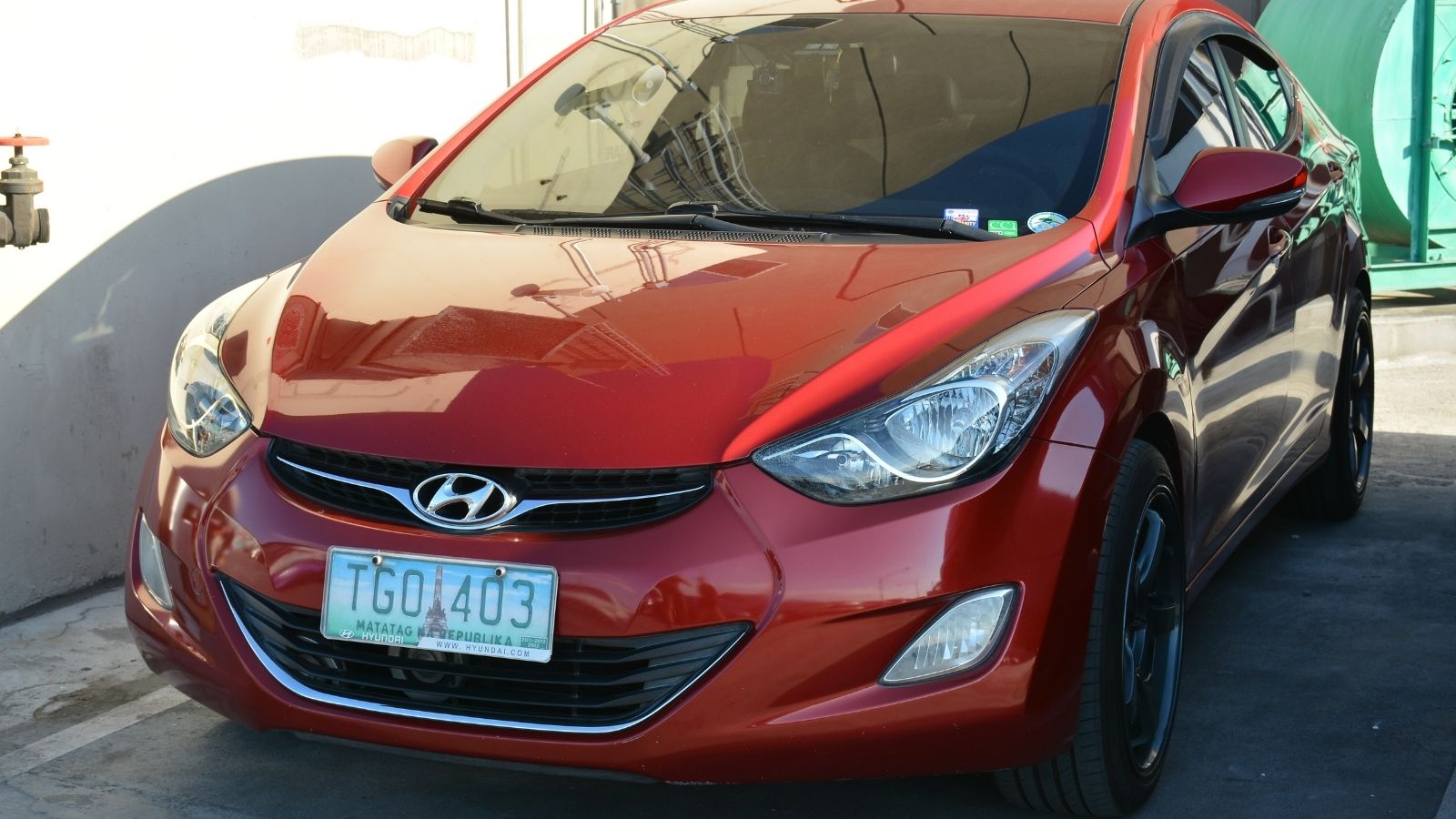
The Hyundai Accent quietly exited the Canadian market, with the 2022 model marking its last official year. Once a staple for frugal drivers and commuters, the Accent offered surprising reliability and value. Still, consumer preference has shifted firmly toward crossovers, and Hyundai now promotes the Venue as its entry-level model. Import logistics and parts sourcing have also become more complex amid trade tensions. As inventories dwindle and dealerships shift focus, the Accent will become harder to spot on the road, as its demise signals the broader retreat of small, fuel-efficient sedans once considered the backbone of affordable Canadian transportation.
Dodge Grand Caravan
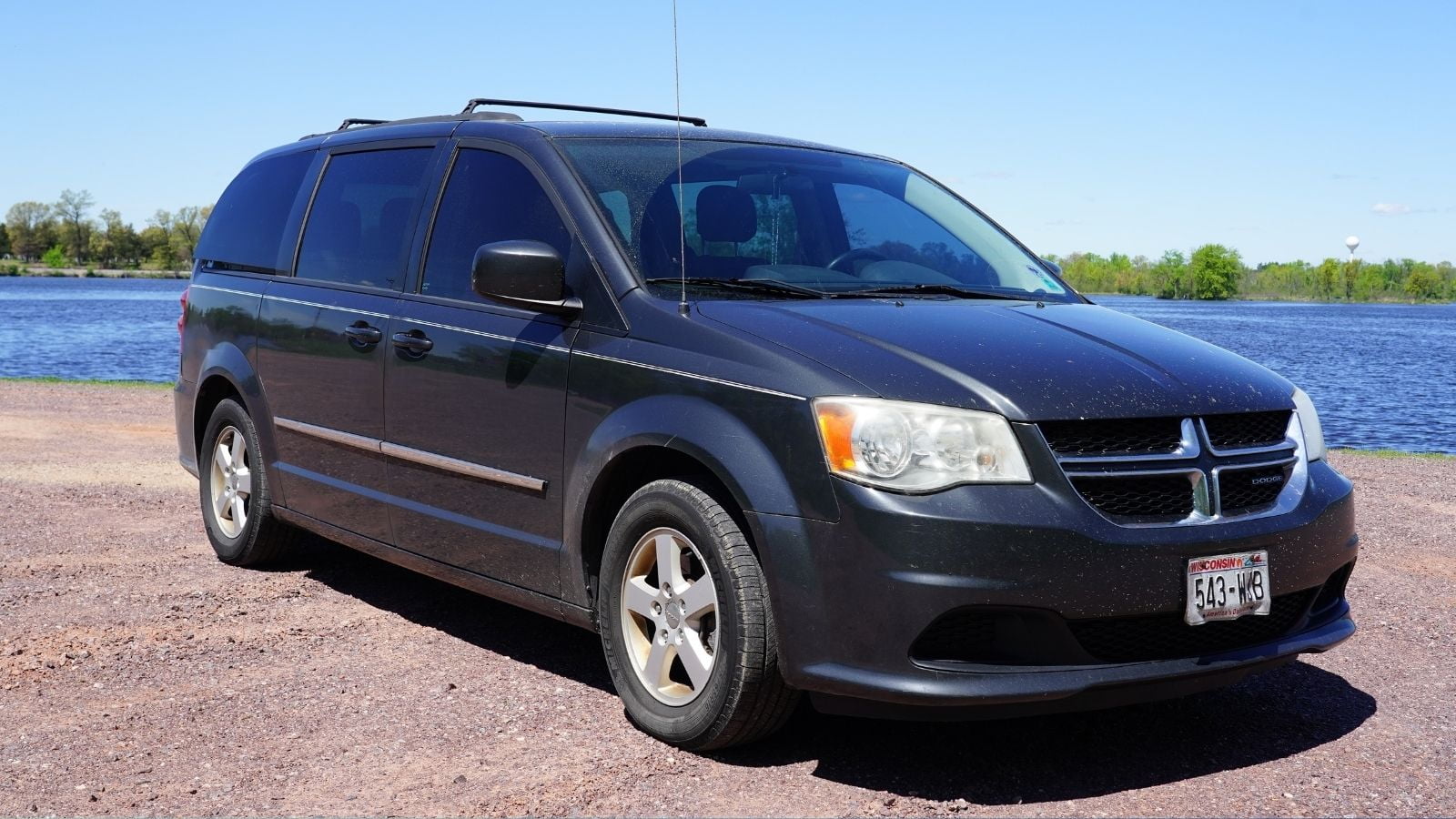
The Dodge Grand Caravan, once a fixture in suburban driveways and carpool lanes, has been officially replaced by the Chrysler Grand Caravan in Canada. After decades of dominance as the go-to minivan for large families, fleet operators, and shuttle services, it fell victim to changing emission rules and rising production costs. While its replacement retains much of the practicality, it is not quite the same in price or identity. Used Grand Caravans are still plentiful, but with new parts becoming increasingly expensive and fewer appearing on used lots, their reign is nearing its end.
Nissan Micra
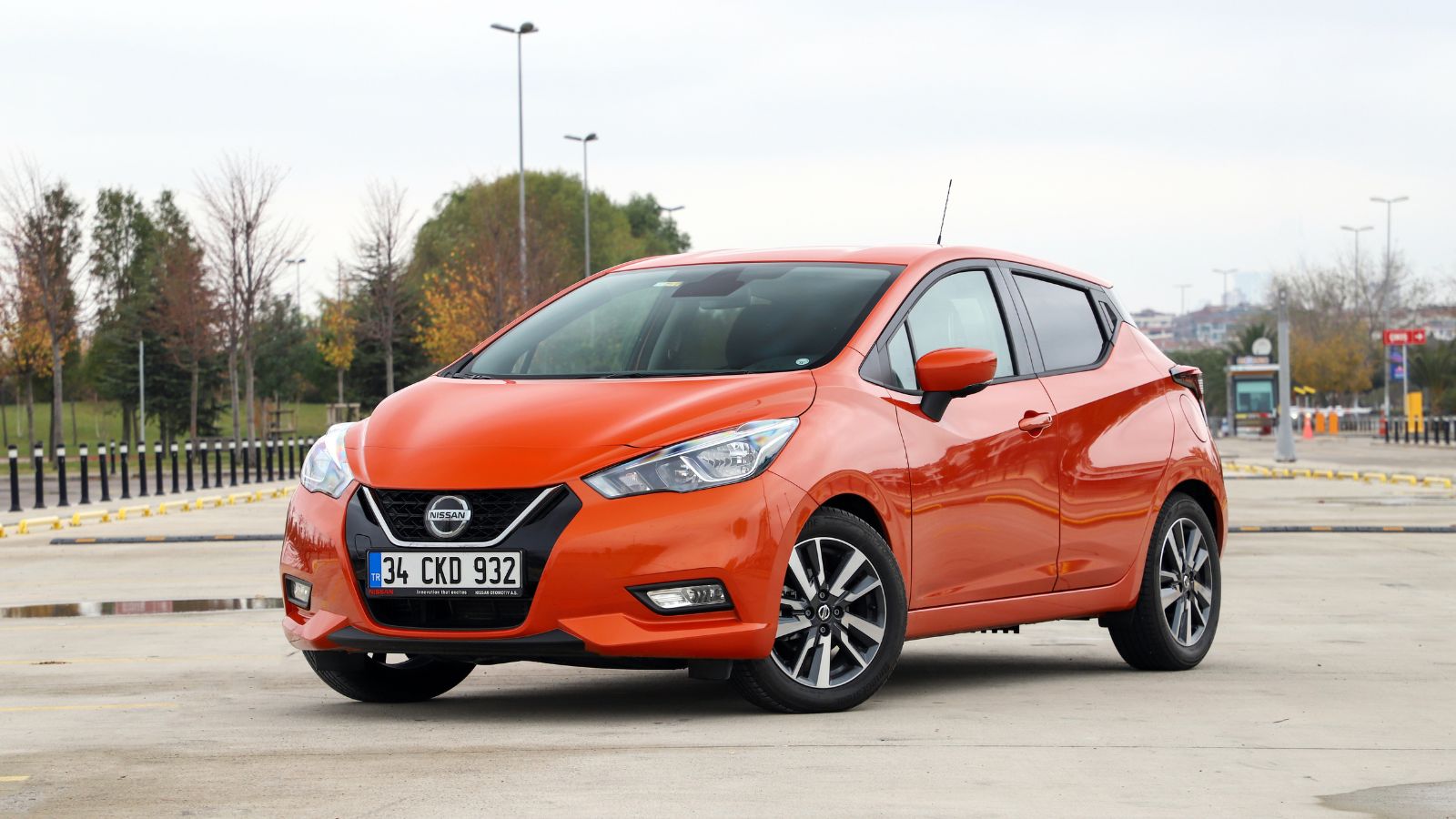
The Nissan Micra left Canadian showrooms in 2020, but its legacy as the country’s most affordable new car still resonates. It’s quirky styling, fun-to-drive nature, and unbeatable pricing made it a hit, especially in Quebec. However, Micra’s time was limited by tightening global safety standards and a lack of demand in other major markets. Nissan has shifted its focus to electric and crossover offerings, leaving Micra fans with no direct replacement. As used inventory dries up and service options shrink, Canadians are watching one of their quirkiest and most beloved compacts quietly fade away.
Kia Rio
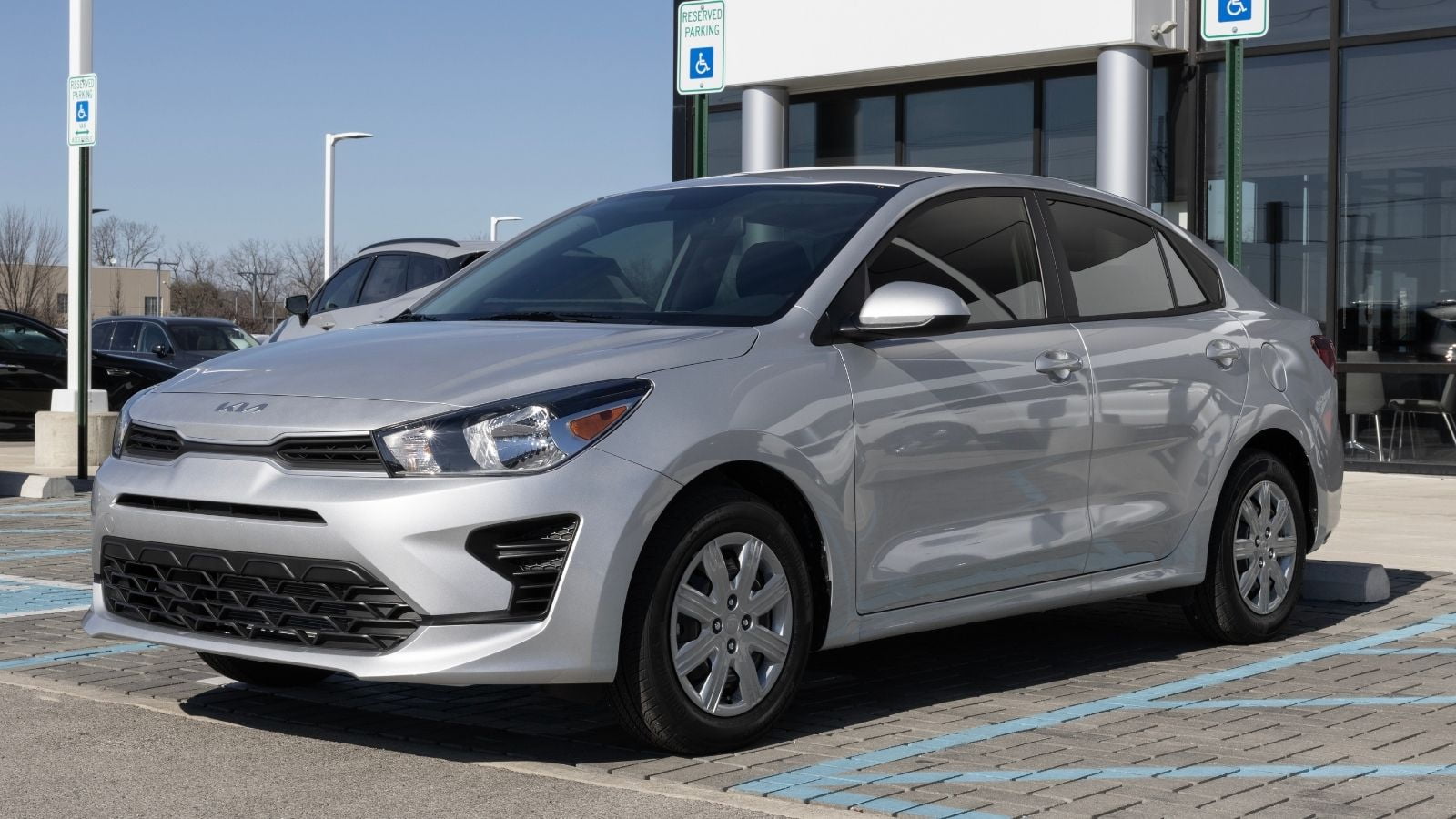
The Kia Rio, available in both hatchback and sedan forms, is another casualty of Canada’s shrinking affordable car segment. While it consistently delivered substantial value, decent tech, and excellent fuel economy, Kia has confirmed its phase-out due to slow sales and rising costs. Like other small imports, the Rio became increasingly expensive to maintain amid tariff uncertainty and parts delays. With Kia focusing on its EV6, Seltos, and Niro, the Rio cannot compete, and dealers are no longer receiving stock; as a result, private sales are already driving up prices.
Mazda6

Mazda’s elegant midsize sedan, the Mazda6, was discontinued in Canada after the 2021 model year. It was a favorite among driving enthusiasts who appreciated its sharp handling, stylish interior, and refined ride. But consumer demand has shifted hard toward crossovers, and Mazda has doubled down on SUVs like the CX-5 and CX-90. Production challenges and a pivot toward premium electric offerings sealed the Mazda6’s fate. It is still beloved in enthusiast circles, but without factory support, its days on Canadian roads are numbered.
Toyota Yaris
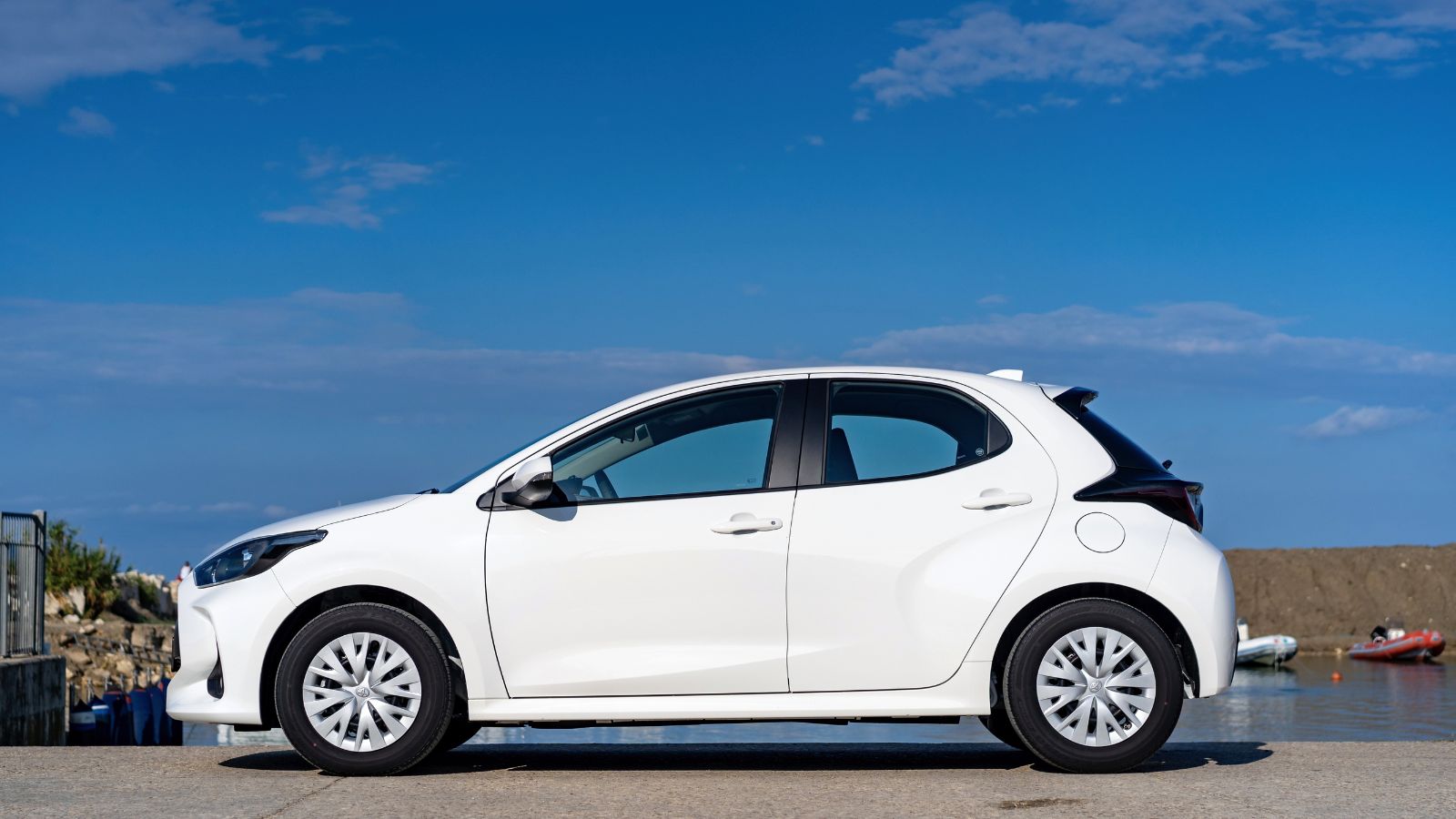
The Toyota Yaris, once a dominant force in the subcompact segment, is no longer sold in Canada. Toyota discontinued the model in 2020, citing low demand and overlap with other offerings, as its final versions were rebadged Mazda2s —a stopgap effort that did not revive sales. The Yaris was beloved for its bulletproof reliability and simple design, ideal for urban drivers and first-time buyers. With the rise of hybrids and compact SUVs like the Corolla Cross, Toyota has moved on. As parts inventories shrink and tariffs complicate repairs, the few Yarises still on the road will likely disappear over the next few years.
Infiniti Q70
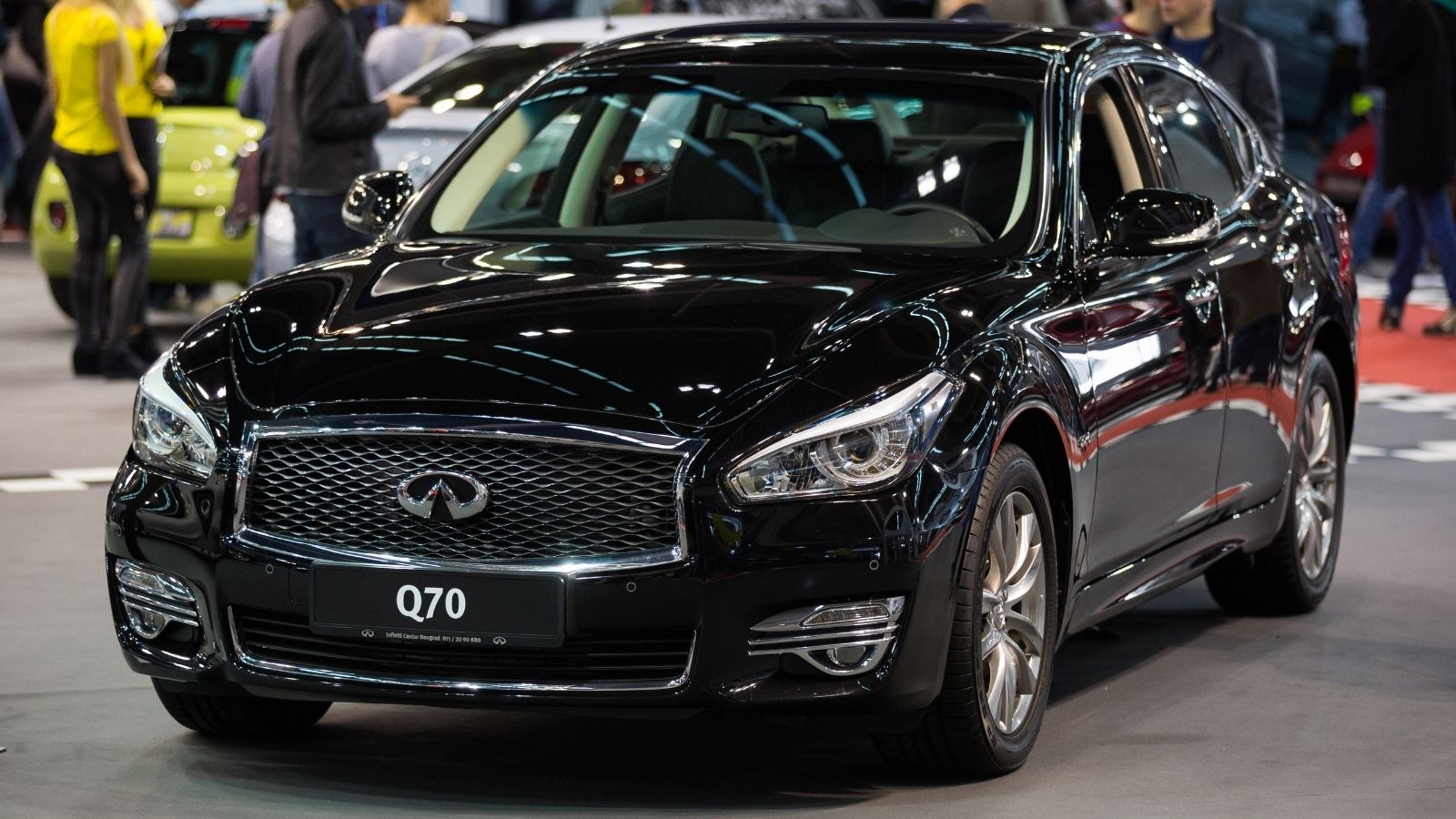
Infiniti’s flagship sedan, the Q70, faded from Canadian showrooms quietly in 2019. Its old-school luxury appeal and V6 power couldn’t save it in a segment increasingly dominated by German rivals and electric upstarts. Though it once offered strong value and comfort, its aging platform and dated tech became impossible to ignore. With Infiniti focusing on crossovers and electrification, there’s no sign of a replacement. Import parts are already more challenging to find, and maintenance costs are climbing. For owners, it’s becoming a high-end liability, and without a new generation to carry it forward, the Q70 is slipping into Canadian automotive obscurity.
Scion iM (Toyota Corolla iM)
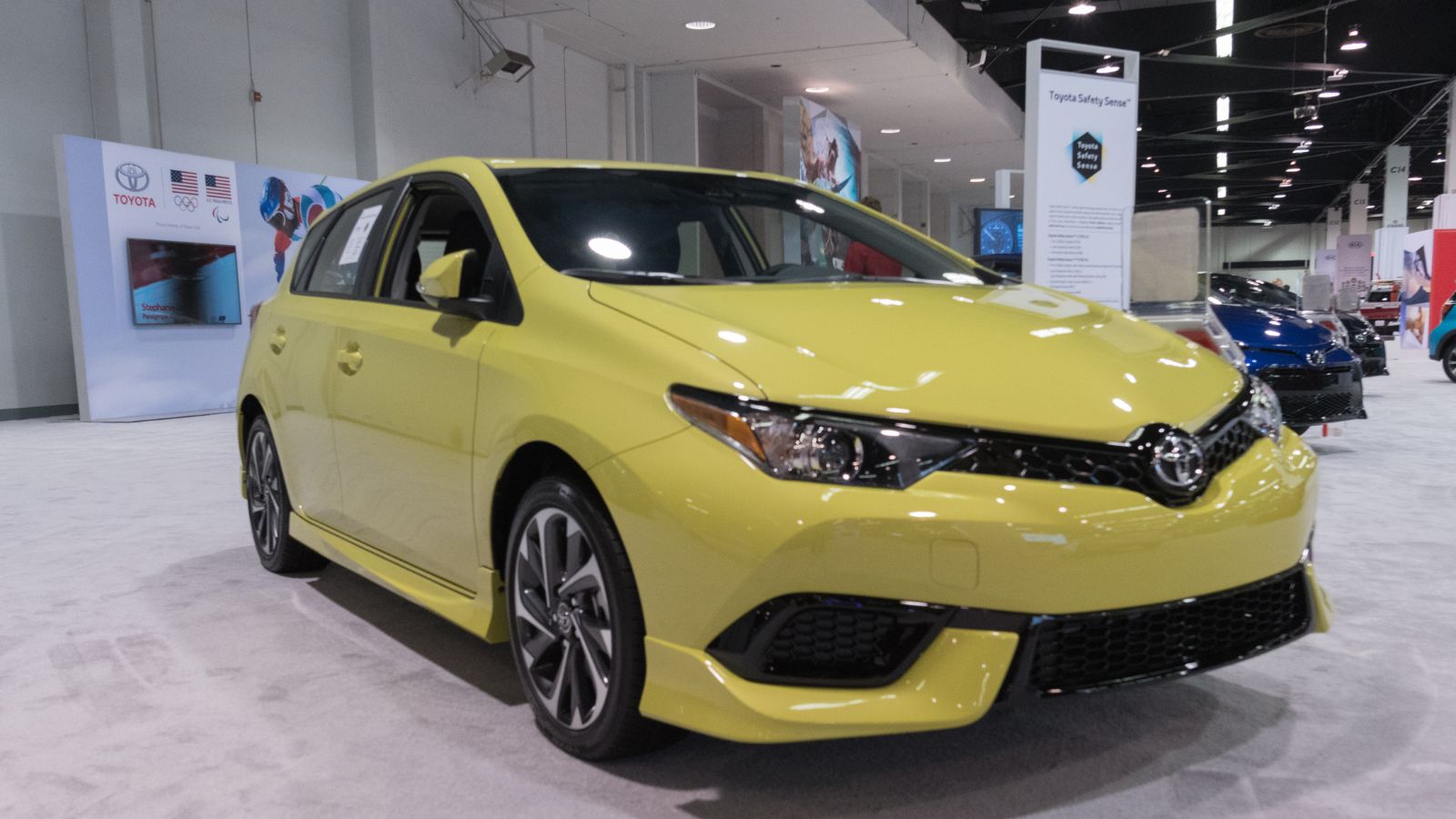
The Scion iM was Toyota’s sporty little hatchback experiment, which briefly lived on as the Corolla iM before being integrated into the broader Corolla Hatchback lineup. Though production ceased several years ago, the iM’s clean design, solid fuel economy, and versatile hatch format gave it a small but loyal following in Canada. As Toyota streamlined its offerings, the iM was quietly phased out. With rising part costs and fewer models for comparison, it has already become an uncommon sight.
25 Facts About Car Loans That Most Drivers Don’t Realize

Car loans are one of the most common ways people fund car purchases. Like any other kind of loan, car loans can have certain features that can be regarded as an advantage or a disadvantage to the borrower. Understanding all essential facts about car loans and how they work to ensure that you get the best deal for your financial situation is essential. Here are 25 shocking facts about car loans that most drivers don’t realize:
25 Facts About Car Loans That Most Drivers Don’t Realize
